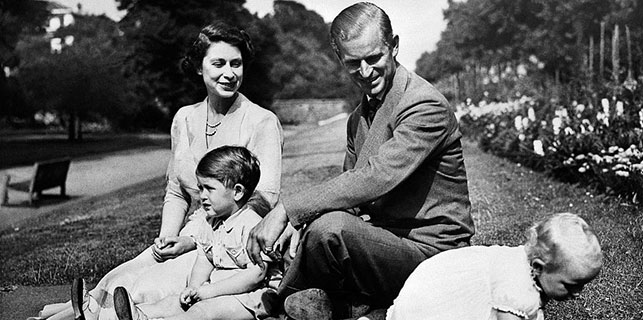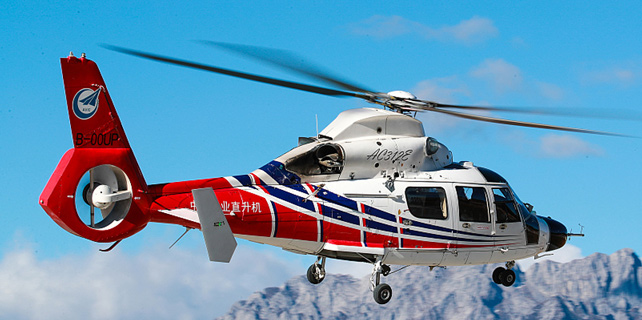IP office signs agreement with EU as both sides share goals
With more than 30 years of development, the cooperation between China's State Intellectual Property Office and the European Patent Office has evolved from a technical partnership to a strategic one, EPO President Benoit Battistelli said in a recent news conference in Beijing.
The two sides signed a new comprehensive strategic partnership agreement on Nov 23 with the aim of strengthening cooperation between the two offices and providing better services for global intellectual property users and contributing to improvements in the world's IP system.
"SIPO and the EPO are equal partners sharing similar views and objectives for the development of the global IP system," said Battistelli.
These objectives include the highest quality and legal certainty for granted patents, efficient and informed use of the patent system, optimized resources deployment, improved efficiency of patent search and examination tools and more interaction with users and the industry to provide more professional services, he said.
When China and Europe established their patent cooperation in 1985, China just started to build its IP system, but now it has "developed significantly".
"I'm very impressed by the progress that China has made in recent years and the quality of the granted patents in China," he said. "Within a few years, SIPO has become a leading office in the world."
SIPO, the EPO, the Japan Patent Office, the Korean Intellectual Property Office and the United States Patent and Trademark Office-known as the IP5 in the industry-are the world's five largest patent administrations, representing roughly 85 percent of global patent applications.
More than 2,000 Chinese patent examiners and other related professionals have been trained at the EPO, and the EPO has helped SIPO use tools in patent search and examination.
SIPO and the EPO have developed "common positions" in their joint effort to simplify and improve the patent granting procedure. One example is the Global Dossier, a public service that enables users to monitor via a single online source how a family of patent applications is progressing at the IP5 offices.
"This is a one-stop access to work products from all patent offices, and the EPO and SIPO have been the first two offices to implement the Global Dossier," said Battistelli.
Last year, Chinese companies applied for 7,150 patents at the EPO, accounting for about 5 percent of the total applications and ranking No 6 among all origins. The number showed the strongest growth, 24.8 percent, among the top 10 leading countries at the EPO, making China "the main driver of growth in applications at the EPO", according to the office's 2016 annual report.
With 2,390 applications, Chinese IT giant Huawei moved two places ahead to become the second-largest patent applicant at the EPO last year, only after Philips.
Also last year, Chinese companies were granted 2,513 patents from the EPO, up 78.7 percent. Battistelli said the Chinese applications' approval rate is at about the same level of other regions.
However, he said there is still "a big margin of progress" for China. "The US and European markets represent more or less the same importance for Chinese companies, each has 20 percent of Chinese exports, but if we look at the patent applications, Chinese companies applied four times more in the US than in Europe."
Battistelli also said that Chinese patent applications at the EPO are concentrated in the information and communications technology sector, which parallels the strength of the Chinese economy. He said he expects more applications from other technical fields.
He said Chinese companies will find it easy to apply for patents in Europe, as the legal and administrative rules at the EPO are similar to those at SIPO.
He said the Unitary Patent system will be applied next year, which is an improvement on the current European patent system, as it will make it possible to get patent protections in 26 European Union members by submitting a single request to the EPO. It will not only simplify patent granting procedures, but also cut the application costs by 70 percent.


















